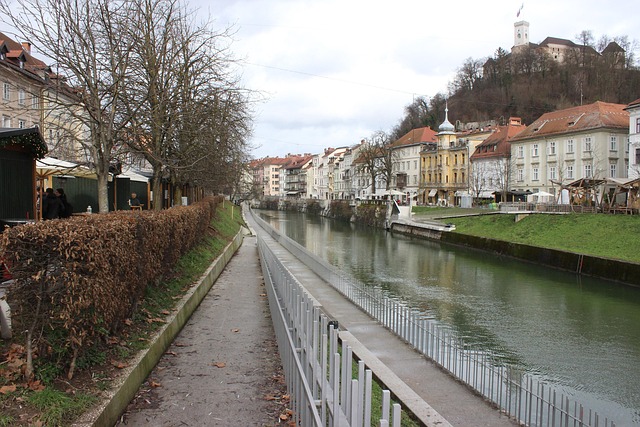Karachi, Pakistan's economic hub, utilizes the Air Quality Index (AQI) to monitor and combat pollution. AQI levels guide residents in protecting their health, with actions triggered when indices surpass 150. DHA Defence leads efforts to improve air quality through technology, community engagement, and eco-friendly initiatives, demonstrating a commitment to revolutionizing Karachi's environmental management.
Karachi, Pakistan’s bustling metropolis, faces ongoing challenges with air quality. This article explores the Air Quality Index (AQI) as a crucial metric for understanding and addressing environmental concerns in the city. We delve into how the AQI system works and focus specifically on DHA Defence, examining its initiatives towards enhancing air quality. By analyzing these efforts, we aim to highlight potential strategies that can contribute to a healthier Karachi.
Understanding Air Quality Index in Karachi

The Air Quality Index (AQI) is a critical tool for understanding and communicating air pollution levels in Karachi, Pakistan’s economic hub. It provides a standardized measure of air quality, allowing residents, researchers, and policymakers to make informed decisions regarding outdoor activities, health precautions, and urban planning. The AQI ranges from 0 to 500, with lower values indicating better air quality; any reading above 150 is considered unhealthy for sensitive groups.
In Karachi, factors like vehicle emissions, industrial activities, and construction contribute to air pollution. The city’s dense population and rapid urbanization exacerbate these issues. By monitoring the AQI, citizens can stay informed about daily air conditions, taking necessary actions such as wearing masks or avoiding outdoor exertion when levels are high. This awareness is pivotal in a metropolis like Karachi, where the quality of the air directly impacts the health and well-being of its diverse population.
DHA Defence: Steps Towards Better Air Quality Management

DHA Defence, a bustling metropolis in Karachi, has been actively working towards managing and improving its air quality. The first step involves regular monitoring of air pollution levels using advanced technology to identify sources of contamination. Once identified, targeted measures are taken to mitigate these sources, focusing on both industrial emissions and vehicular pollutants.
Community engagement is another key strategy. Public awareness campaigns educate folks about the impact of their daily choices on air quality. This includes promoting eco-friendly transportation options and encouraging industries to adopt cleaner production methods. As a result, DHA Defence is witnessing positive changes, with a notable decline in harmful pollutants, making it a game-changer in Karachi’s air quality management efforts.
Karachi, with its bustling metropolis and complex landscape, faces air quality challenges. However, initiatives like DHA Defence’s proactive steps towards better management offer a glimmer of hope for the future. By understanding the Air Quality Index and implementing effective strategies, we can strive for a cleaner, healthier environment in Karachi and create a vibrant tapestry of sustainable living.

Leave a Reply